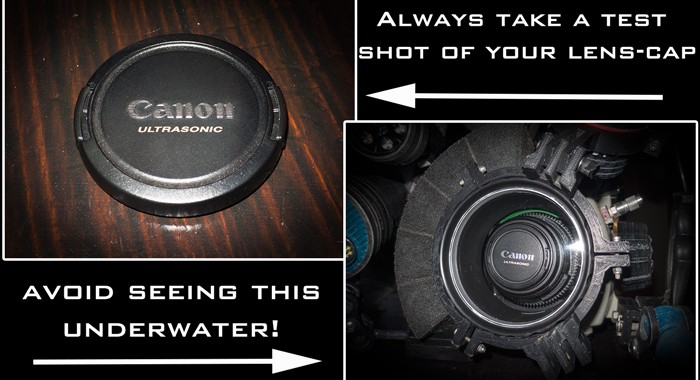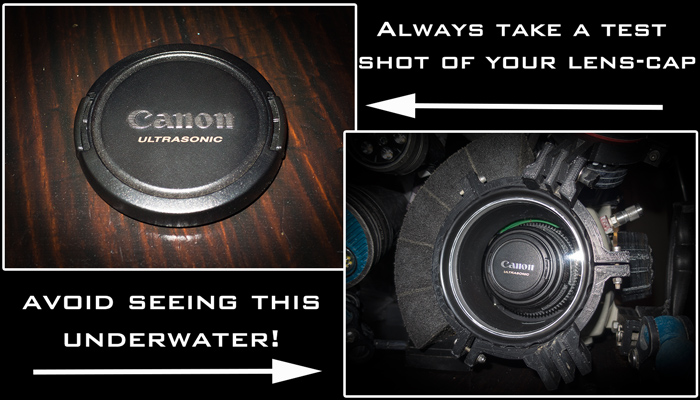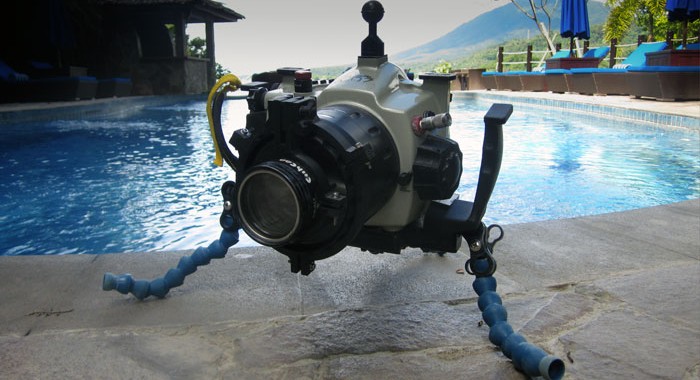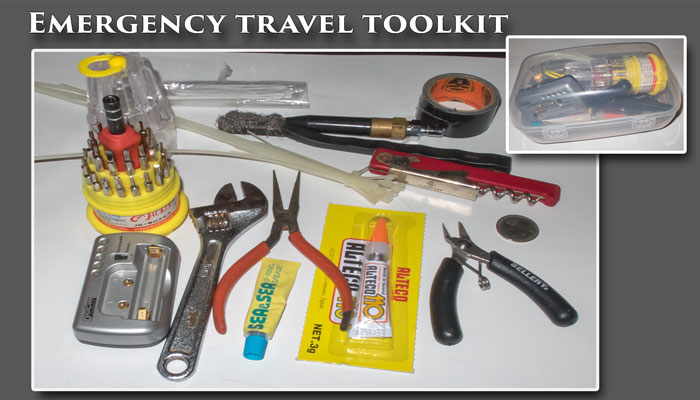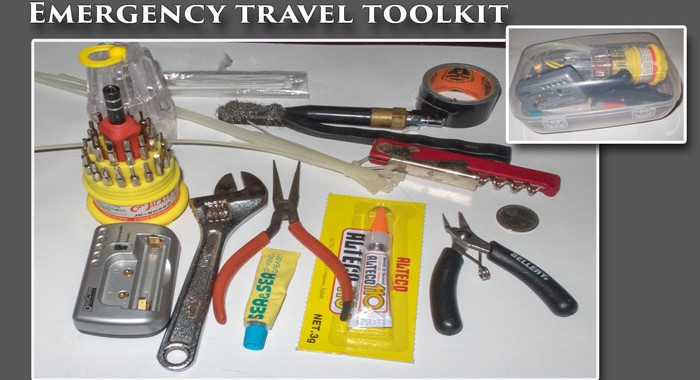Empty or no batteries at all inside the strobe or camera, no memory card in camera, hot-shoe not connected, housing buttons not lined up, auto-focus not switched on, lens-cap still on camera, etc. – Every single one of these minor problems can quickly turn into a big frustration underwater, because you’re not able to fix it without opening the housing! Eliminate all that by simply taking a test shot after setting up your camera equipment and before going diving. Make it a habit to take a test shot of your lens-cap and you will instantly see if everything is working fine – if not, you’re still able to fix it before you go diving!
Author Archive: saschj
Vor dem Tauchgang Testbild schiessen!
Leere oder sogar gar keine Batterien im Blitzt oder in der Kamera, keine Speicherkarte in der Kamera, den Hot-Schuh nicht richtig angeschlossen, Gahäuseknöpfe sind nicht in der richtigen Position, Objektivdeckel auf dem Objektiv – Jedes einzelne kleine Problem kann zur völligen Frustration unter Wasser führen, weil wir das Problem nicht beheben können ohne aufzutauchen und das Gehäuse zu öffnen. Wenn du ein Testbild machst bevor du deinen Tauchgang beginnst, kannst du Dir sicher sein das alles funktioniert. Gewöhne Dir an ein Testbild des Objektivdeckels zu machen nachdem du deine Kamera eingebaut hast und du siehst sofort ob alles in Ordnung ist. Falls nicht, hast du noch die Möglichkeit den Fehler an Land zu beheben.
Critters of the Lembeh Strait | Episode 12/2014
This week’s video of Lembeh critter goodies features superb close-up footage of a broadclub cuttlefish mom delicately placing her eggs in a coral patch and a gorgeous pink paddleflap rhinopias just being its fabulous self. Also take a moment to appreciate the glimpses into the world of super-macro, difficult or impossible to see with the naked eye, such as a tiny commensal shrimp aerating its eggs and, right at the start of the video, the way a messmate pipefish’s camouflaged eyes move as it surveys its environment. If you love nudibranchs, there is something for you as well. Enjoy the Critters of the Lembeh Strait!
Benutze ein STATIV
Natürlich ist es sehr hilfreich gute Tarierung zu haben, aber das einzigste Rezept für verwacklungsfreie Aufnahmen ist, ein Stativ zu benutzen.
Es gibt sehr viele verschieden Hersteller für Stative, vom kleinen Gorillapod zu größeren stabileren Aluminium-Stativen. Ich selbst benutze ein Stativ der Marke “Eigenbau”, aus LocLine Elementen.
Das ermöglicht mir so tief wie möglich mit meiner Kamera zu gehen, und somit einen interessanten Winkel für meine Aufnahmen zu bekommen.
If you shoot Underwater Macro Video, Use a TRIPOD!
 When shooting macro video underwater, it helps to have good buoyancy, but the only recipe for steady video is using a tripod.
When shooting macro video underwater, it helps to have good buoyancy, but the only recipe for steady video is using a tripod.
There are many different options for tripods available out there, I for example use a DIY tripod made out of locline elements.
Don’t make your audience seasick!
I often get asked how I get such steady footage on my videos – Having good buoyancy skills helps, but the only recipe for steady macro video is using a tripod! I use this cheap and easy DIY setup (made out of Locline elements) but there are many different options for tripods out there to choose from.
Critters of the Lembeh Strait | Episode 11/2014
Look who’s back…after a long wait we enjoy a visit from an always welcome guest – the rhinopias! In this newest episode there is also a baby flamboyant cuttlefish hunting, a cute little pufferfish resting in a shell and of course many other critters…enjoy!
Kamera Notfallkit
Wenn Ich mich auf eine Tauchreise begebe, habe ich immer ein Notfall-Reparatur Kit mit dabei. Das hat mir schon sehr viele Probleme erspart. Oftmals war Ich so in der Lage kleine Reparaturen vor Ort selbst zu erledigen oder auch Mitreisenden aushelfen die nicht so gut vorbereiten waren.
In meinem Notfall-Kit ist enthalten:
- Kabelbinder
- Sekundenkleber
- Schraubendreher-Set
- kleiner Seitenschneider
- Spitzrundzange
- Stahlbürste
- Batterie-prüfgerät
- Muünze
- Silikonfett
- Wattestäbchen
- starkes Klebeband wie z.B. Gorilla-tape
- Schweizer Messer oder Leatherman tool
- Luftdusche mit Anschluss an den Niederdruckinflator
Das alles passt hervorragend in z.B. eine leere Maskenbox
